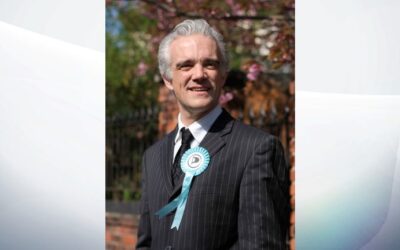Google has unveiled its Pixel 5 smartphone – a 5G-compatible flagship device with a more affordable price tag – and an updated Nest smart speaker, alongside new services including Google TV.
Although the Pixel 5 had been announced earlier this year when Google unveiled the low-cost Pixel 4a phone, consumers are now being given their first look at the device and its specs.
The new handset’s stand-out feature isn’t its 6″ screen or 90Hz OLED display, but its significantly reduced price tag – coming in at £599 ($699), well below the £669 ($799) that the last generation Pixel 4 retailed at.
Image: The Pixel 4a was released earlier this year
Affordability seems to have been the key factor for Google when developing the new device, with 5G connectivity allowing users to connect to services off of the device, rather than rely on the impressive hardware itself outperforming market competition such as Apple’s iPhone – the latest of which is set to be unveiled next month.
Access to Google services has always been the Pixel’s main selling point, and a principal advertising image for the new phone shows it being used with a controller for Google Stadia – the company’s games streaming platform.
Advertisement
A three-month subscription to Stadia Pro is bundled with the Pixel 5, as are subscriptions to some of the company’s other digital services.
“The global economic crisis will suppress the demand for smartphones for at least the next 12 months,” said Marina Koytcheva of analyst firm CCS Insight.
More from Google
“Google’s decision to address the weak market with a more affordable device is smart and timely,” Ms Koytcheva added at the time of the 4a launch, although the analysis holds up considering the Pixel 5’s price.
That said, Google had begun developing the affordable Pixel 5 before the coronavirus pandemic had struck – and it is mostly fortuitous that it could meet a consumer need for reduced spending.
Image: Google Nest Audio has been redesigned to improve sound quality
Google also announced a replacement for its Home smart speaker with the new Nest Audio, a recycled-fabric covered WiFi speaker which has been re-engineered to improve its sound quality.
It functions like any other smart speaker might be expected to, responding to voice commands to play music or control smart home devices – although Google’s speakers have significantly less market share than Amazon’s standard Echo.









